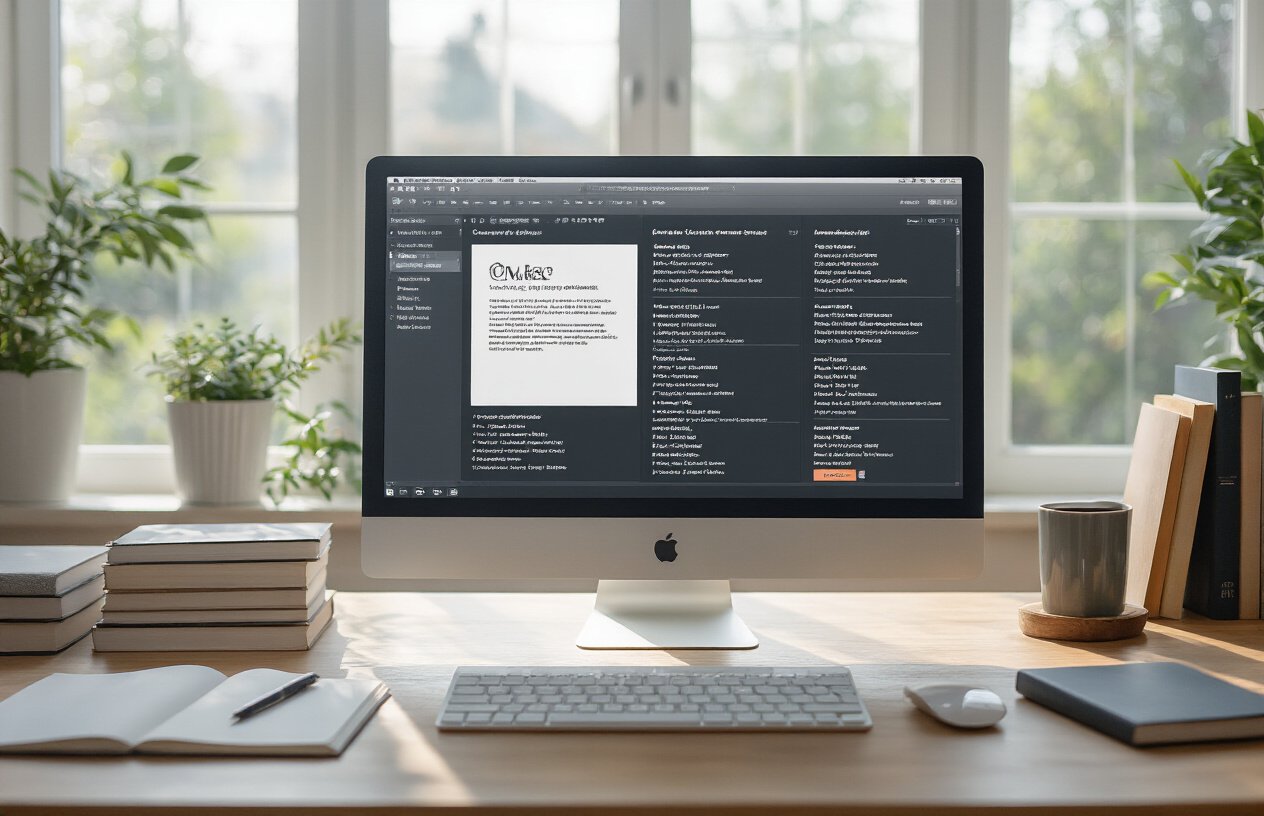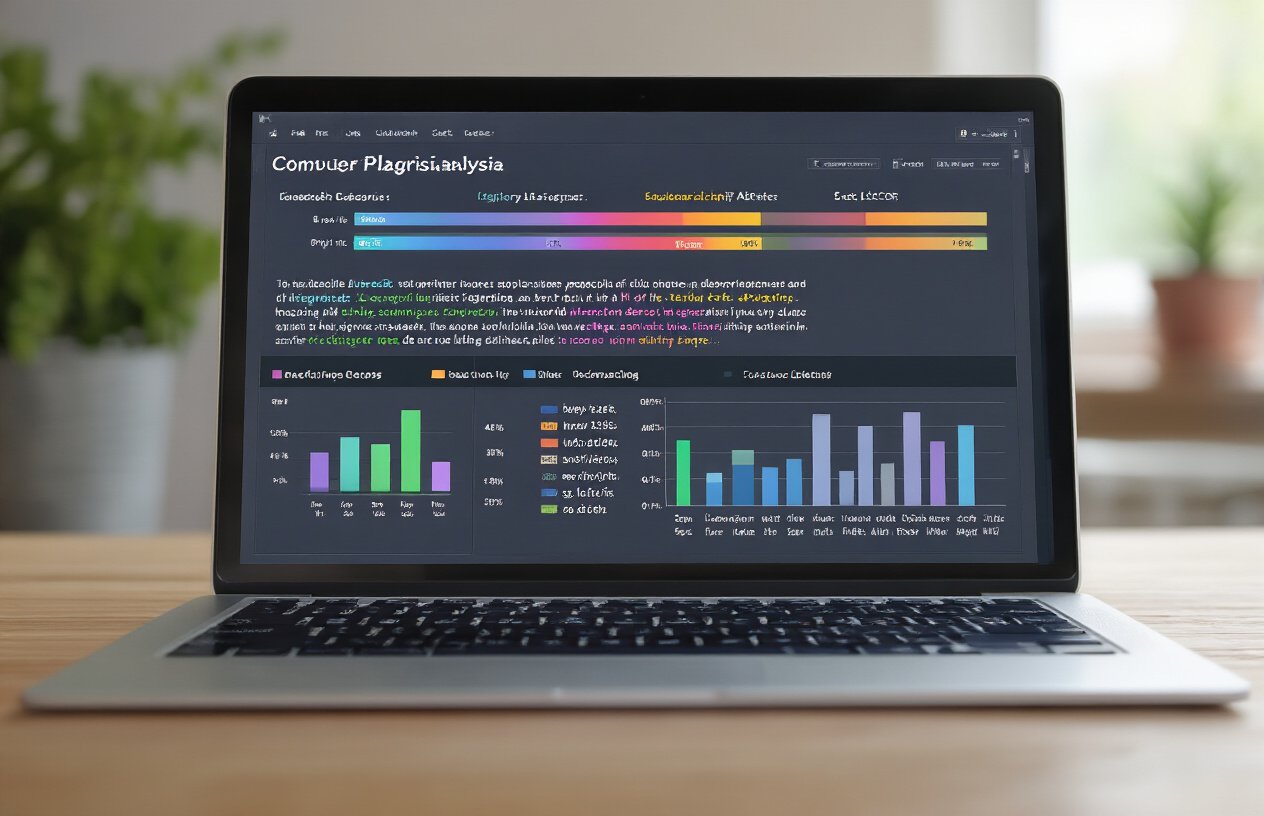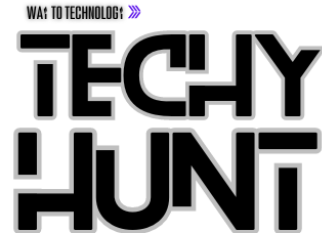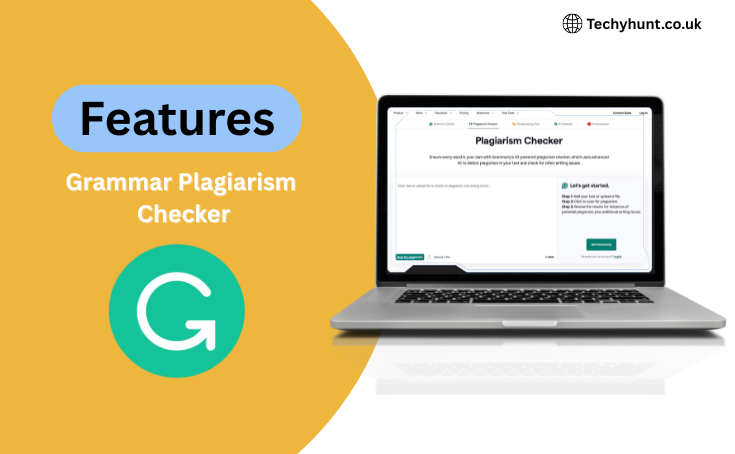Most writers and students know Grammarly’s plagiarism checker catches copied content, but many miss the powerful tools hiding beneath the surface. This guide reveals 5 hidden features in Grammarly plagiarism checker that can transform how you approach originality verification and content review.
Whether you’re a student submitting research papers, a content creator managing multiple projects, or a team leader overseeing collaborative work, these advanced settings will save you hours of manual checking. You’ll discover how Grammarly’s citation automation streamlines your referencing process, eliminating the tedious formatting work that usually comes with different style guides. We’ll also break down the similarity score analysis feature that goes far beyond basic plagiarism detection tools, showing you exactly where potential issues exist and why they matter.
Plus, you’ll learn about collaborative plagiarism checking capabilities that most teams never knew existed, along with custom exclusion settings Grammarly offers for managing your own previously published content. These Grammarly team features can revolutionize how your group handles content review and quality control.
Advanced Source Identification Beyond Basic Detection

Real-time database cross-referencing with academic journals
Grammarly’s plagiarism checker taps into an extensive network of academic databases, scholarly journals, and research repositories that most users never realize exists. This hidden feature continuously cross-references your content against millions of academic papers, theses, and peer-reviewed articles in real-time, catching matches that basic plagiarism tools miss entirely.
The system maintains connections with major academic publishers like JSTOR, PubMed, and IEEE, scanning through specialized collections that cover everything from medical research to engineering studies. This deep database integration means even obscure academic sources get flagged, protecting your work’s originality while ensuring you don’t accidentally copy from specialized publications.
Detection of paraphrased content using AI analysis
Beyond simple word matching, Grammarly’s AI engine analyzes sentence structure, concept relationships, and semantic meaning to spot cleverly disguised plagiarism. The system recognizes when someone has reworded original ideas while keeping the core concepts intact, something traditional checkers often overlook.
This advanced AI analysis examines writing patterns, argument flow, and conceptual frameworks to identify paraphrased content that maintains the original source’s intellectual structure. The technology can detect when writers have simply swapped synonyms or rearranged sentences while preserving the original author’s ideas and reasoning.
Identification of translated plagiarism from foreign sources
One of Grammarly’s most impressive hidden capabilities involves detecting content that’s been translated from foreign language sources. The system compares your text against materials in dozens of languages, catching instances where someone has simply run foreign content through translation software.
This multilingual detection works by analyzing linguistic patterns and structural elements that persist across translations, identifying content originally written in Spanish, French, German, and many other languages. The feature proves especially valuable for academic and professional settings where translated plagiarism has become increasingly common.
Citation Format Automation and Style Guide Integration

Automatic generation of proper citations for flagged sources
When Grammarly’s plagiarism checker identifies potentially plagiarized content, it automatically generates properly formatted citations for the detected sources. This Grammarly citation automation feature saves countless hours of manual formatting work, instantly creating bibliographic entries that match academic standards. The system pulls metadata directly from the original sources, including author names, publication dates, titles, and URLs, ensuring accuracy in your reference list.
Multiple citation style support including APA, MLA, and Chicago
The Grammarly advanced settings include comprehensive support for major citation styles used across different academic disciplines. Whether you’re writing a psychology paper requiring APA format, a literature essay needing MLA style, or a history research project using Chicago citations, Grammarly adapts its formatting automatically. This versatility makes it an invaluable plagiarism detection tool for students and researchers working across various fields without needing to memorize different citation rules.
In-text citation suggestions for seamless integration
Beyond generating reference lists, Grammarly provides smart in-text citation suggestions that seamlessly integrate with your writing flow. The system recognizes quoted or paraphrased material and suggests appropriate parenthetical citations or footnote placements based on your chosen style guide. These suggestions appear contextually within your document, allowing you to accept or modify them with a single click while maintaining your writing momentum.
Bibliography compilation from detected sources
One of the most powerful hidden features Grammarly offers is automatic bibliography compilation from all detected sources throughout your document. As you work, the system builds a comprehensive reference list in real-time, organizing citations alphabetically and applying consistent formatting. This feature eliminates the tedious task of manually compiling bibliographies and reduces the risk of missing citations, ensuring your academic integrity remains intact while streamlining your research workflow.
Similarity Score Breakdown and Contextual Analysis

Detailed percentage breakdowns by source type
Grammarly’s plagiarism checker provides granular similarity percentages across different source categories, breaking down matches by academic papers, web content, publications, and student papers. This detailed analysis helps you understand exactly where potential issues originate, making it easier to address specific types of sources that require different handling approaches.
Color-coded highlighting for different levels of similarity
The advanced highlighting system uses distinct colors to represent varying degrees of similarity – red for exact matches, orange for paraphrased content, and yellow for common phrases. This visual system lets you quickly scan documents and prioritize which sections need immediate attention versus those that might just need minor adjustments or proper attribution.
Context-aware flagging that distinguishes quotes from plagiarism
Smart contextual analysis recognizes properly formatted quotations, bibliography entries, and standard academic phrases, reducing false positives significantly. The system understands the difference between legitimate citations and actual plagiarism, helping you focus on genuine issues rather than getting overwhelmed by technical formatting flags that don’t represent real problems.
Collaborative Review Features for Team Projects

Shared plagiarism reports with team members and instructors
Grammarly team features allow seamless sharing of plagiarism reports across multiple stakeholders. Team leaders can instantly distribute comprehensive similarity analyses to instructors, editors, or project collaborators through secure, permission-based access controls. The collaborative plagiarism checking system maintains document confidentiality while enabling transparent review processes for academic and professional environments.
Comment and annotation system for flagged content
The advanced annotation system transforms plagiarism detection into an interactive review process. Team members can add contextual comments directly to flagged passages, discuss potential revisions, and provide feedback on citation improvements. This collaborative approach streamlines the revision workflow, allowing multiple reviewers to contribute insights while maintaining version control and accountability throughout the document refinement process.
Custom Exclusion Settings and Whitelist Management

Personal Database Exclusions for Your Own Published Work
The Grammarly plagiarism checker lets you build a personal database of your previously published content, preventing your own work from triggering false plagiarism alerts. This custom exclusion setting proves invaluable for authors, researchers, and content creators who regularly reference their earlier publications or maintain consistent messaging across multiple pieces.
Common Phrase Filtering to Reduce False Positives
Smart filtering algorithms within Grammarly’s advanced settings help eliminate matches for common phrases, standard terminology, and widely-used expressions that naturally appear across multiple documents. This feature dramatically reduces noise in your plagiarism reports by focusing on genuinely concerning similarities rather than flagging inevitable linguistic overlaps.
Domain-Specific Whitelisting for Legitimate Sources
Professional users can whitelist specific domains, databases, or publication sources that serve as legitimate references for their work. Academic researchers benefit from excluding institutional repositories, while business writers can whitelist company databases and approved resource libraries from triggering plagiarism warnings.
Quote Length Thresholds for Academic Writing Standards
Grammarly’s hidden threshold settings allow users to customize the minimum word count for flagged similarities, accommodating different academic and professional standards. You can adjust these parameters to match citation requirements for your field, ensuring brief quotes and standard references don’t unnecessarily inflate your similarity scores.

Grammarly’s plagiarism checker packs way more punch than most people realize. The advanced source identification helps you track down even the trickiest matches, while the citation automation saves hours of formatting headaches. The similarity score breakdown gives you the full picture instead of just a basic percentage, and the team review features make group projects so much smoother.
Don’t sleep on the custom exclusion settings either – they’re a game changer for academic work and professional writing. Next time you fire up Grammarly’s plagiarism checker, dig into these hidden gems and watch your writing process level up. Your future self will thank you for taking the extra few minutes to explore what’s really under the hood.


6 Comments
of course like your website but you have to check the spelling on several of your posts A number of them are rife with spelling issues and I in finding it very troublesome to inform the reality on the other hand I will certainly come back again
Your blog is a testament to your dedication to your craft. Your commitment to excellence is evident in every aspect of your writing. Thank you for being such a positive influence in the online community.
Really insightful post — Your article is very clearly written, i enjoyed reading it, can i ask you a question? you can also checkout this newbies in classied. iswap24.com. thank you
Really insightful post — Your article is very clearly written, i enjoyed reading it, can i ask you a question? you can also checkout this newbies in classied. iswap24.com. thank you
Excellent breakdown, I like it, nice article. I completely agree with the challenges you described. For our projects we started using Listandsell.us and experts for our service, Americas top classified growing site, well can i ask zou a question regarding zour article?
I have been browsing online more than three hours today yet I never found any interesting article like yours It is pretty worth enough for me In my view if all website owners and bloggers made good content as you did the internet will be a lot more useful than ever before